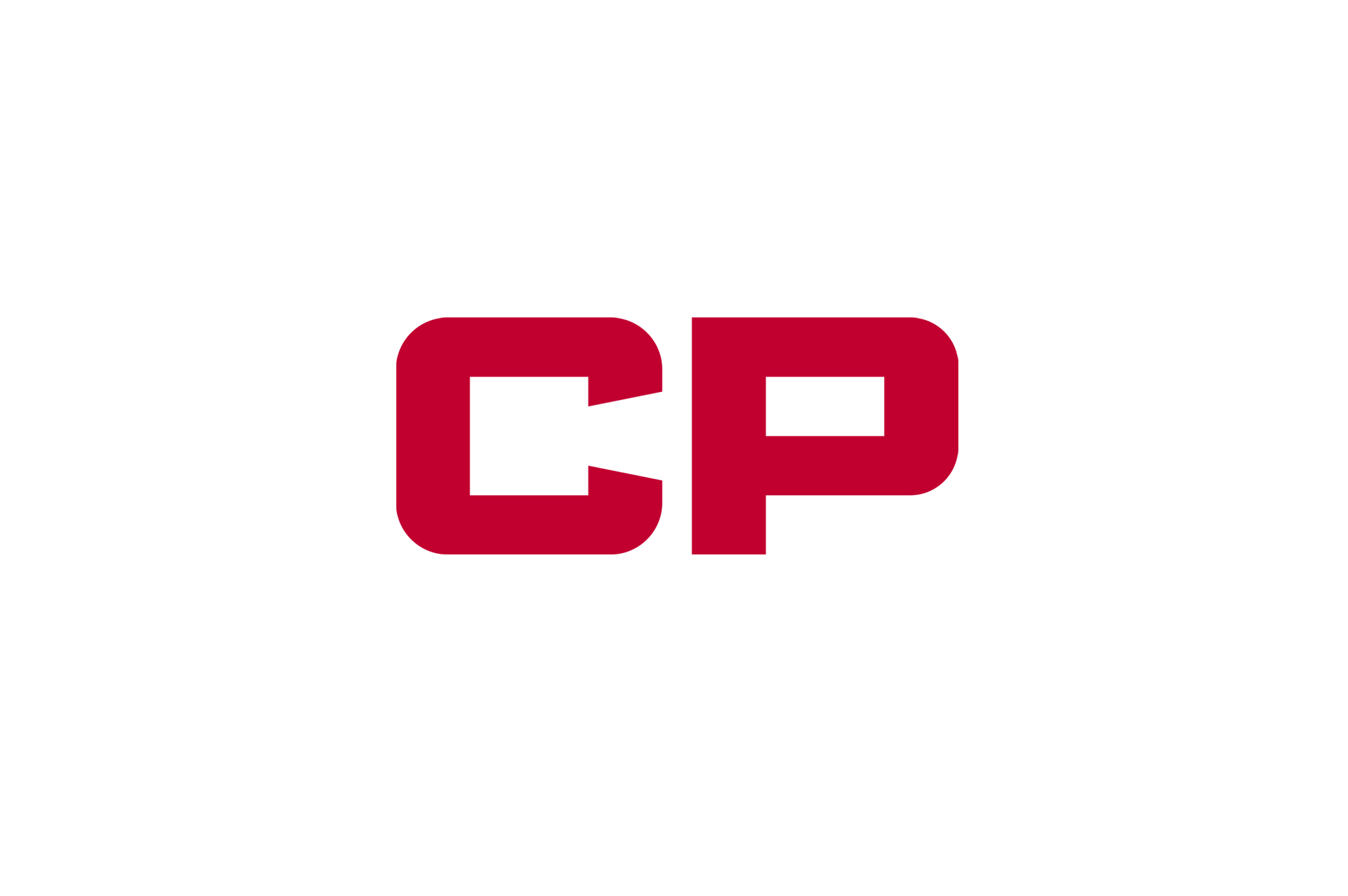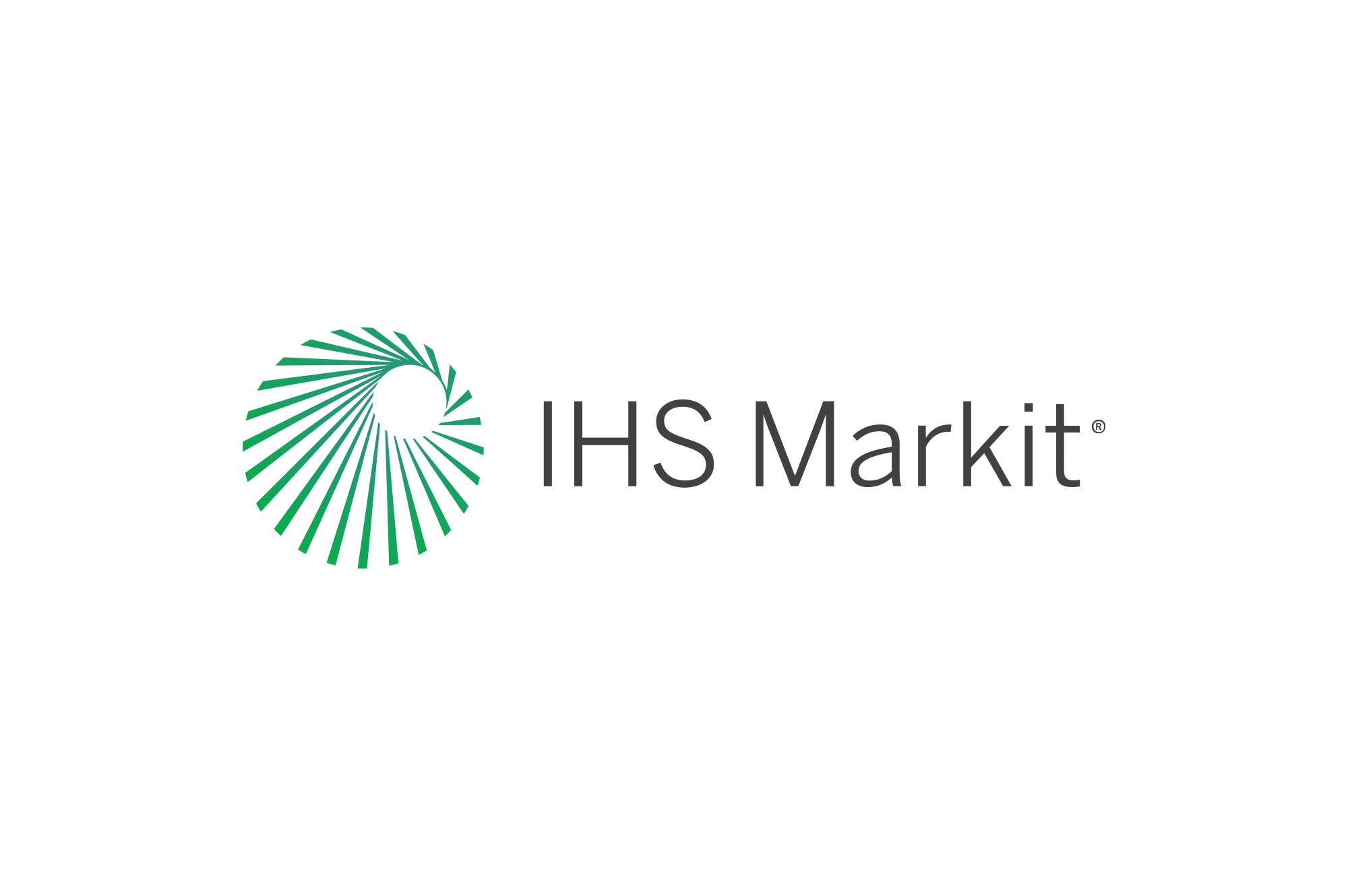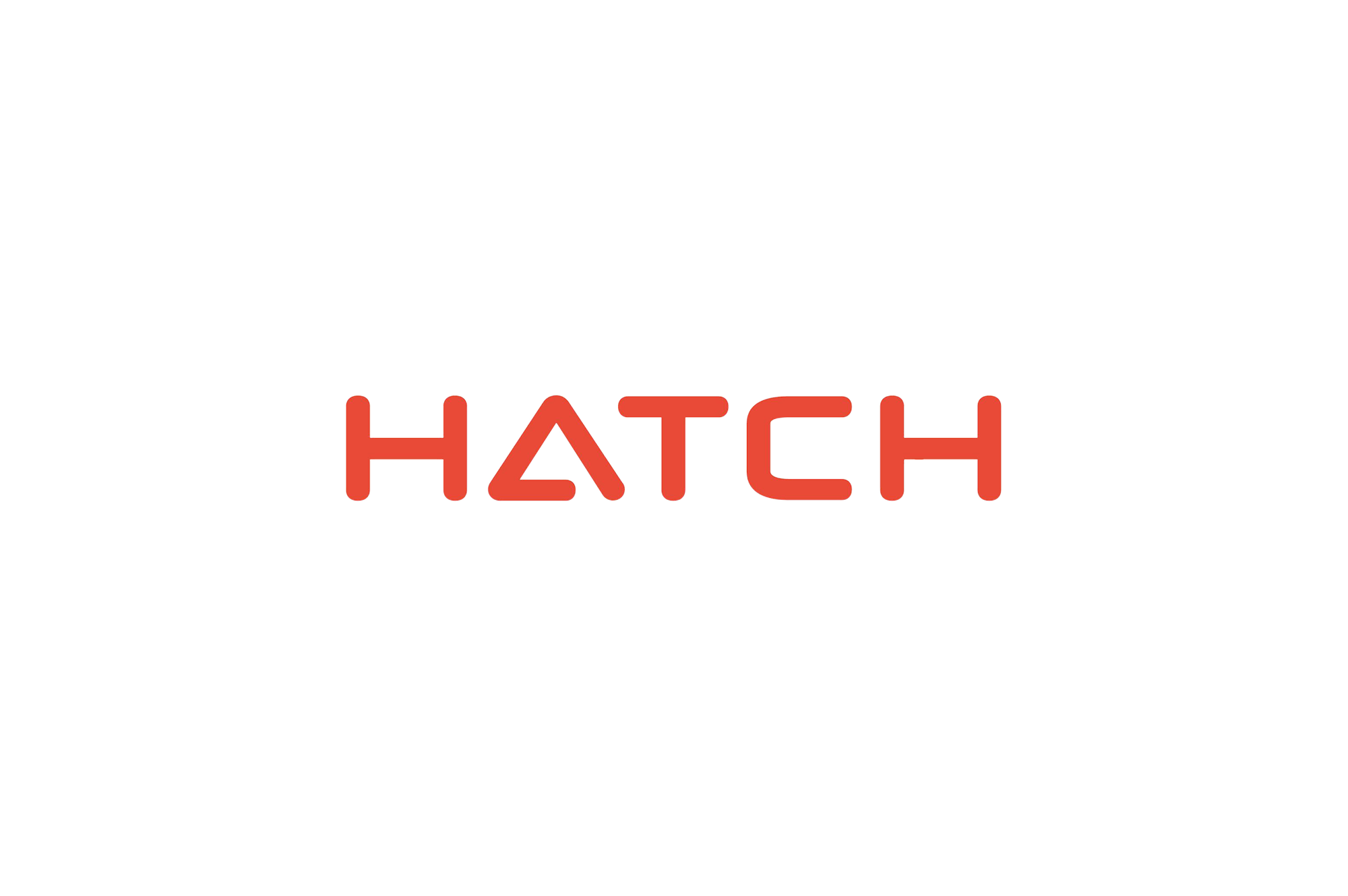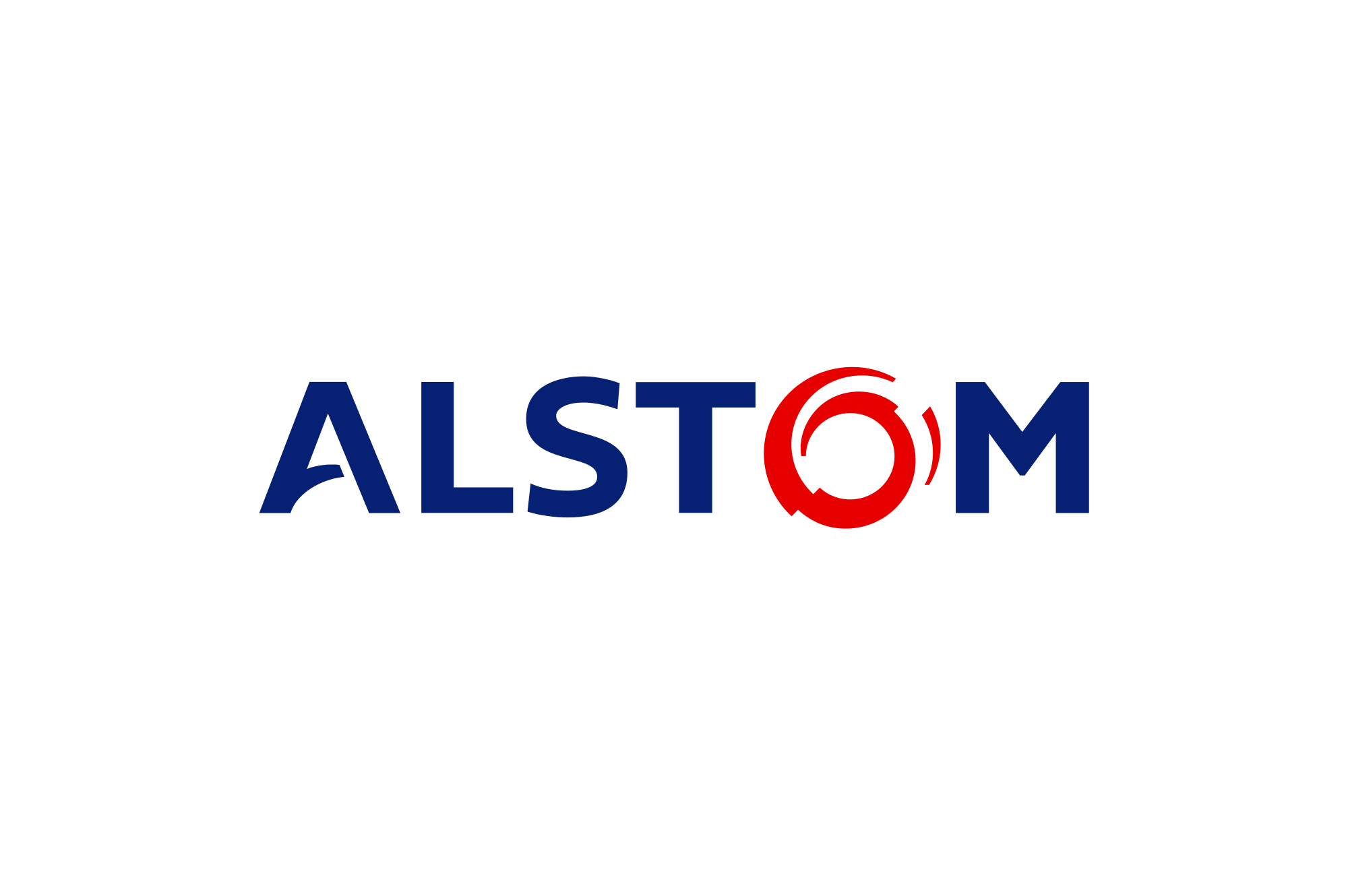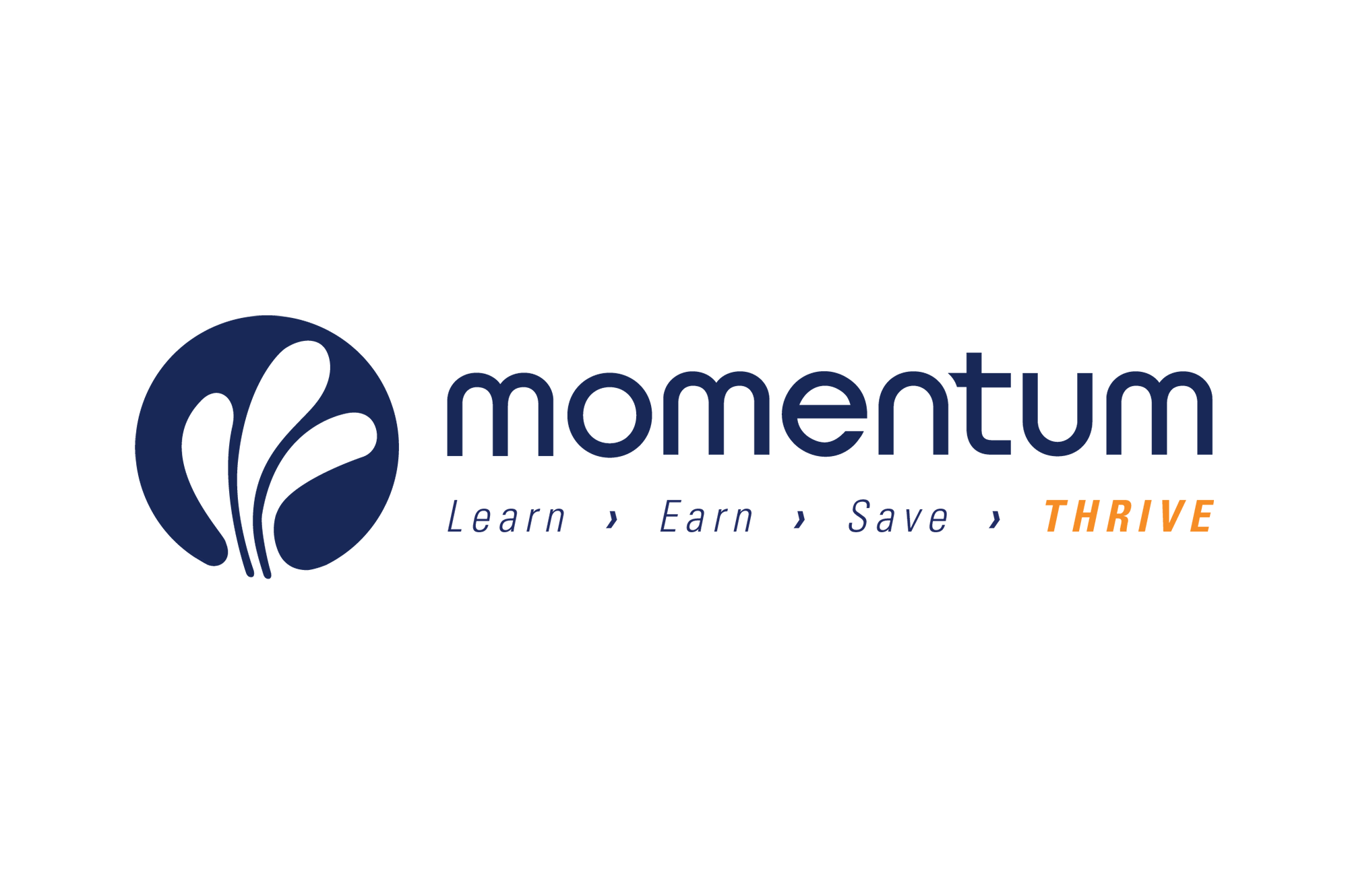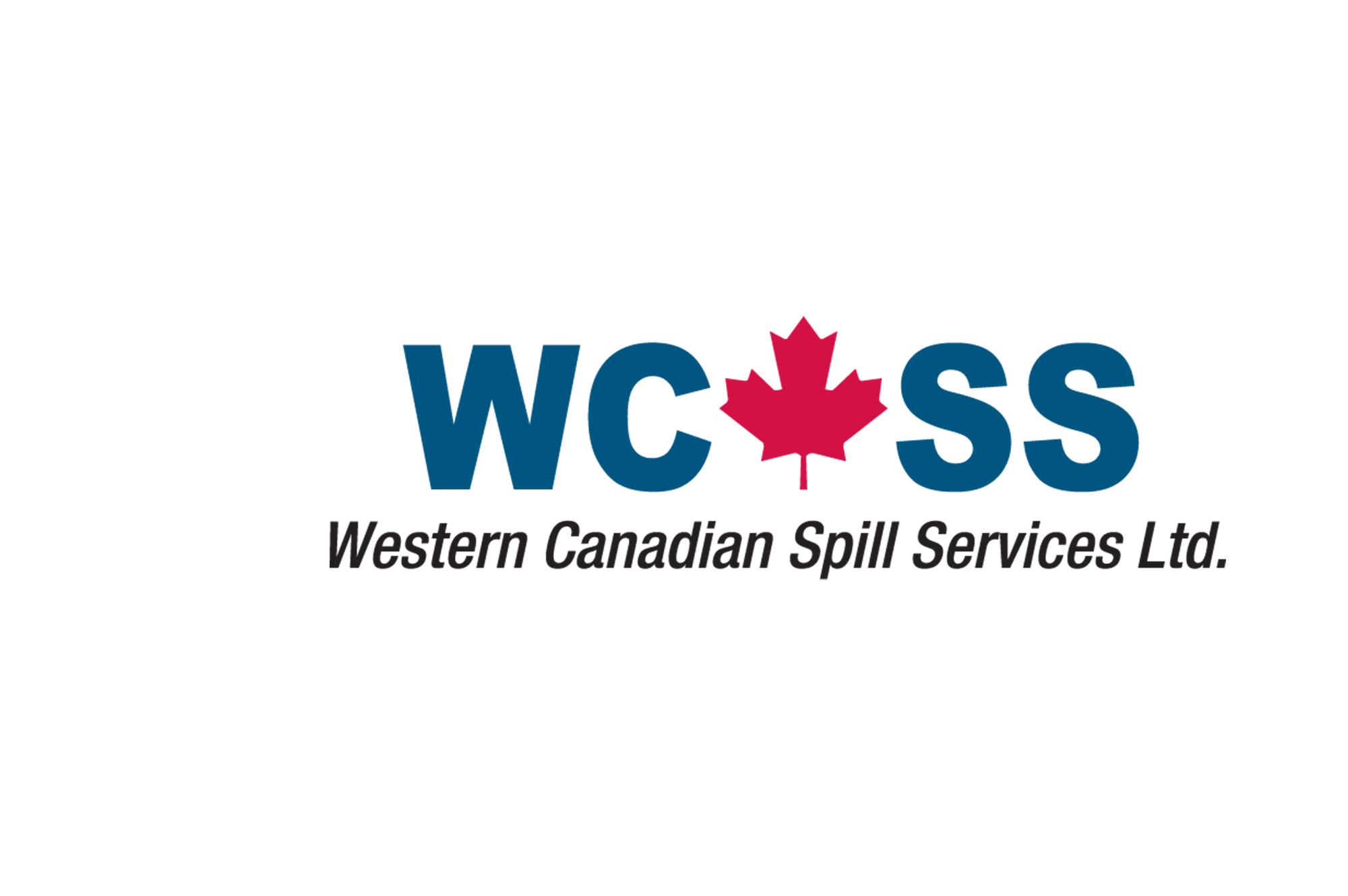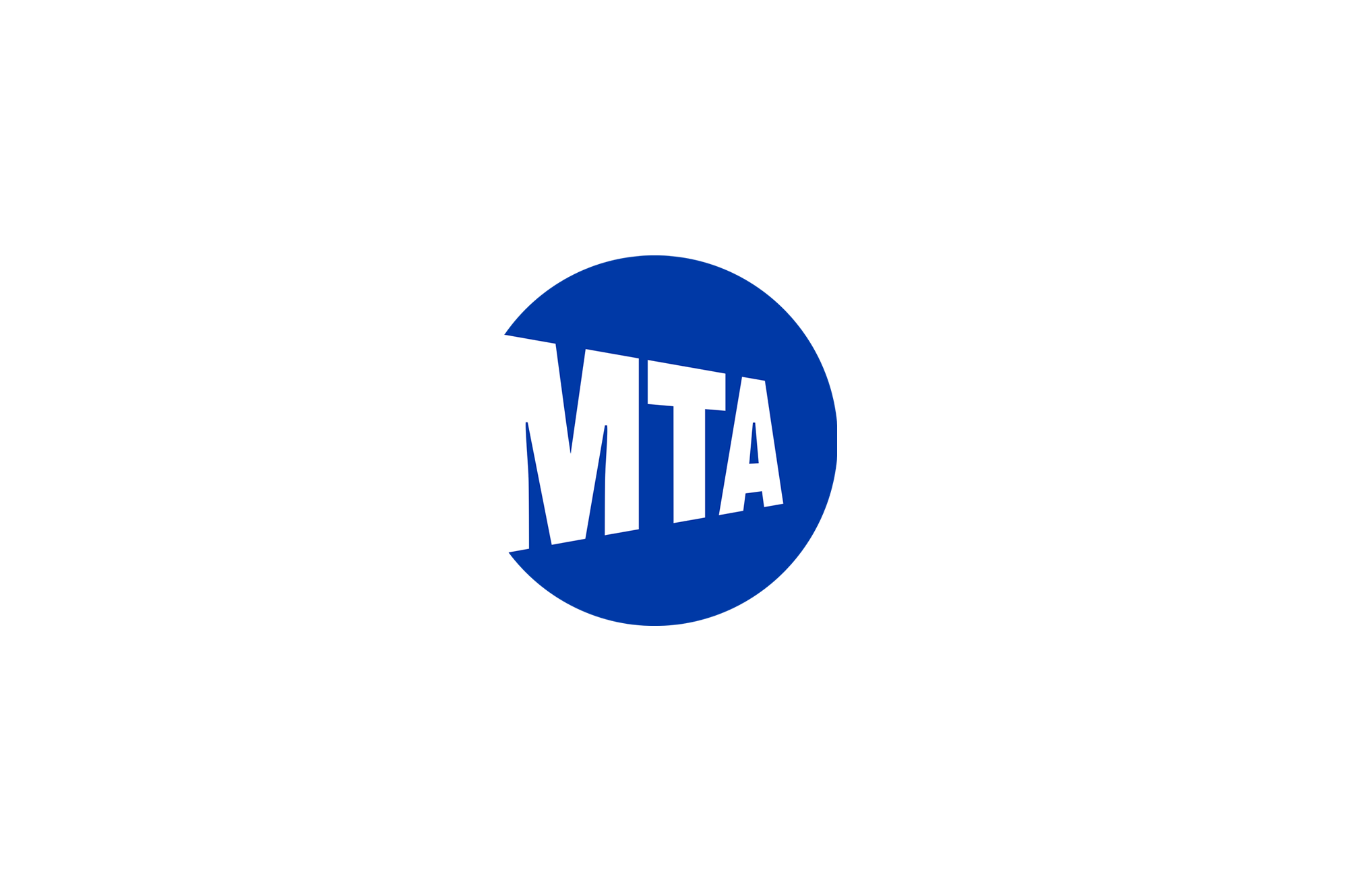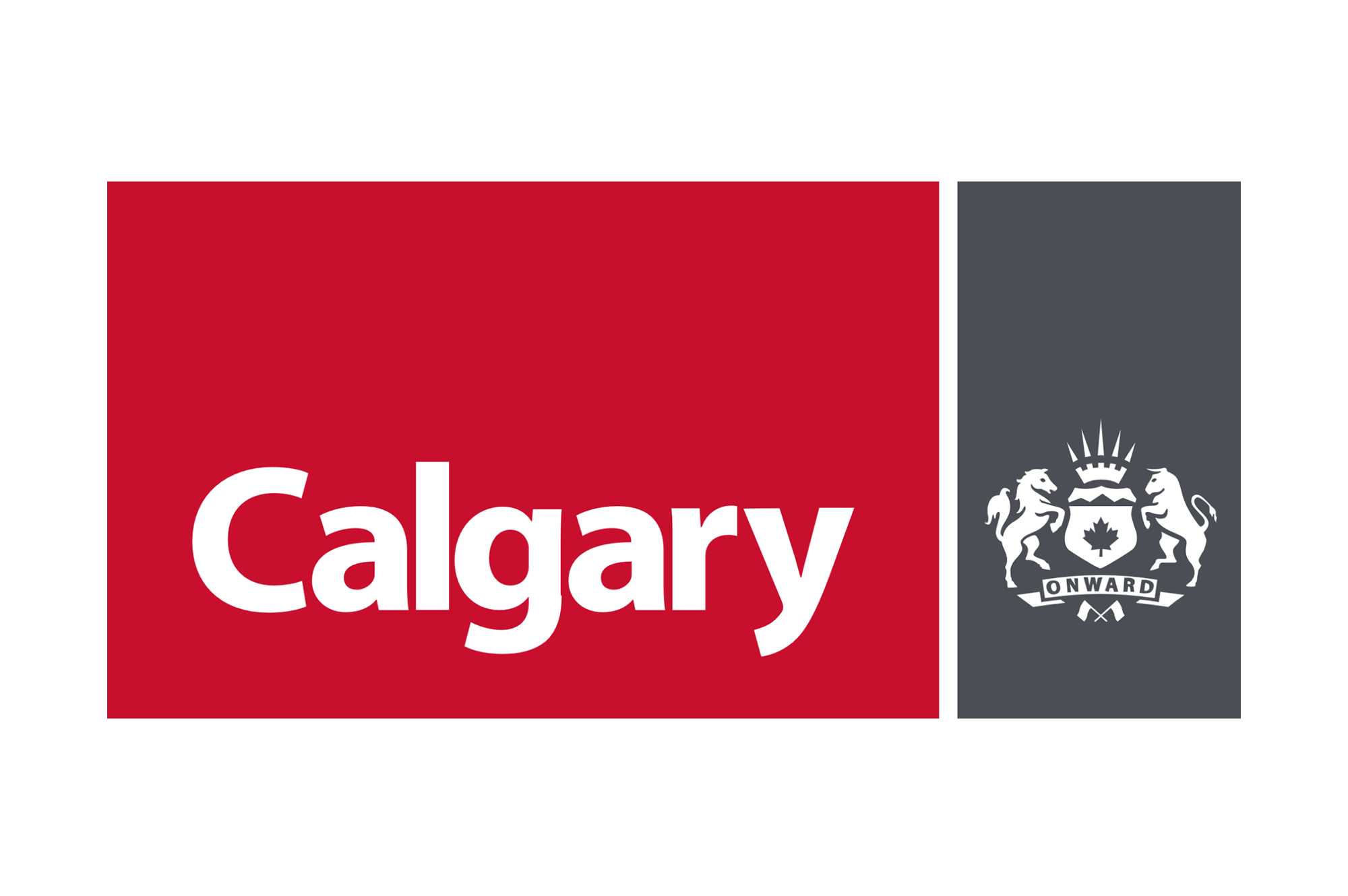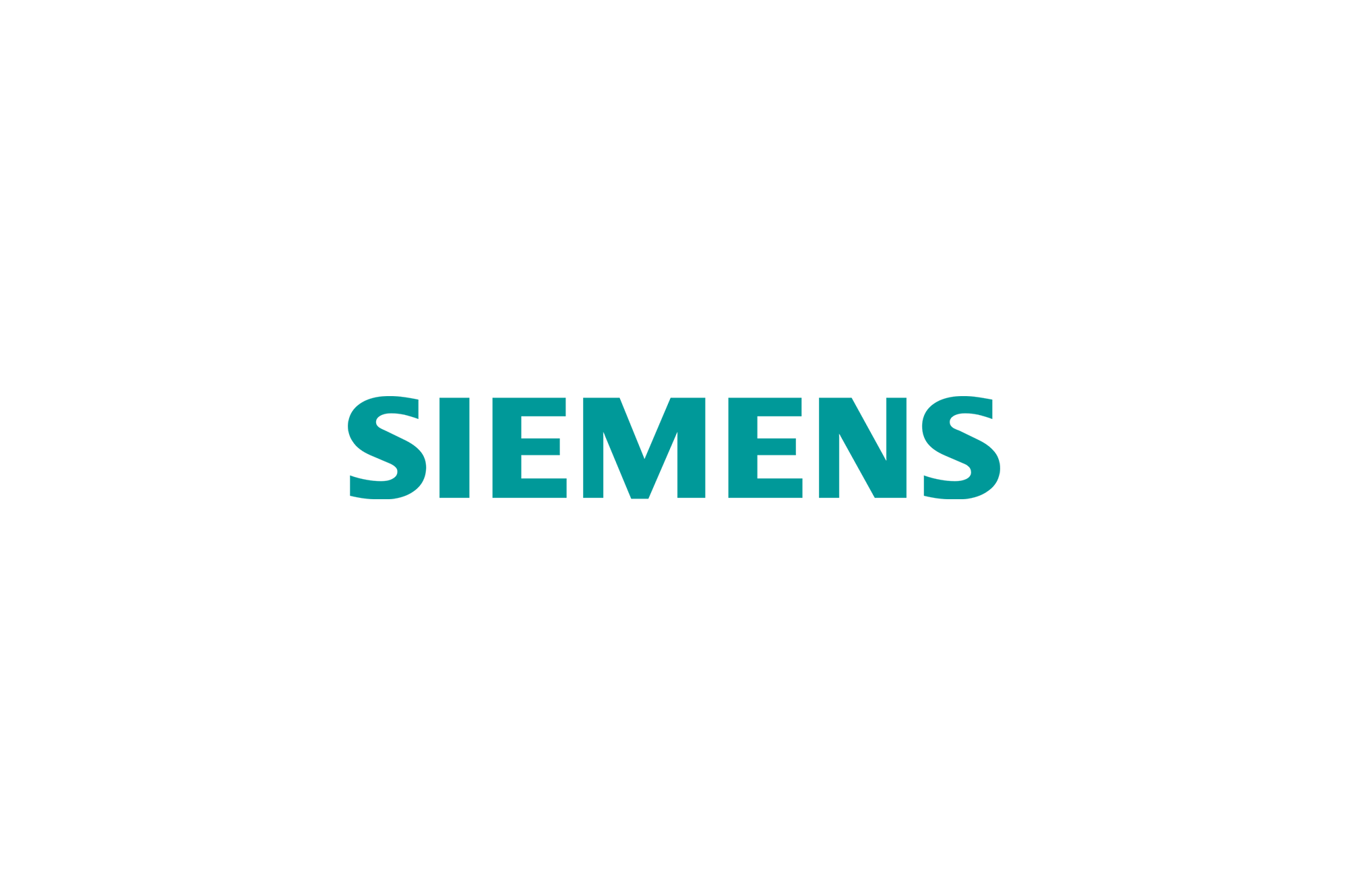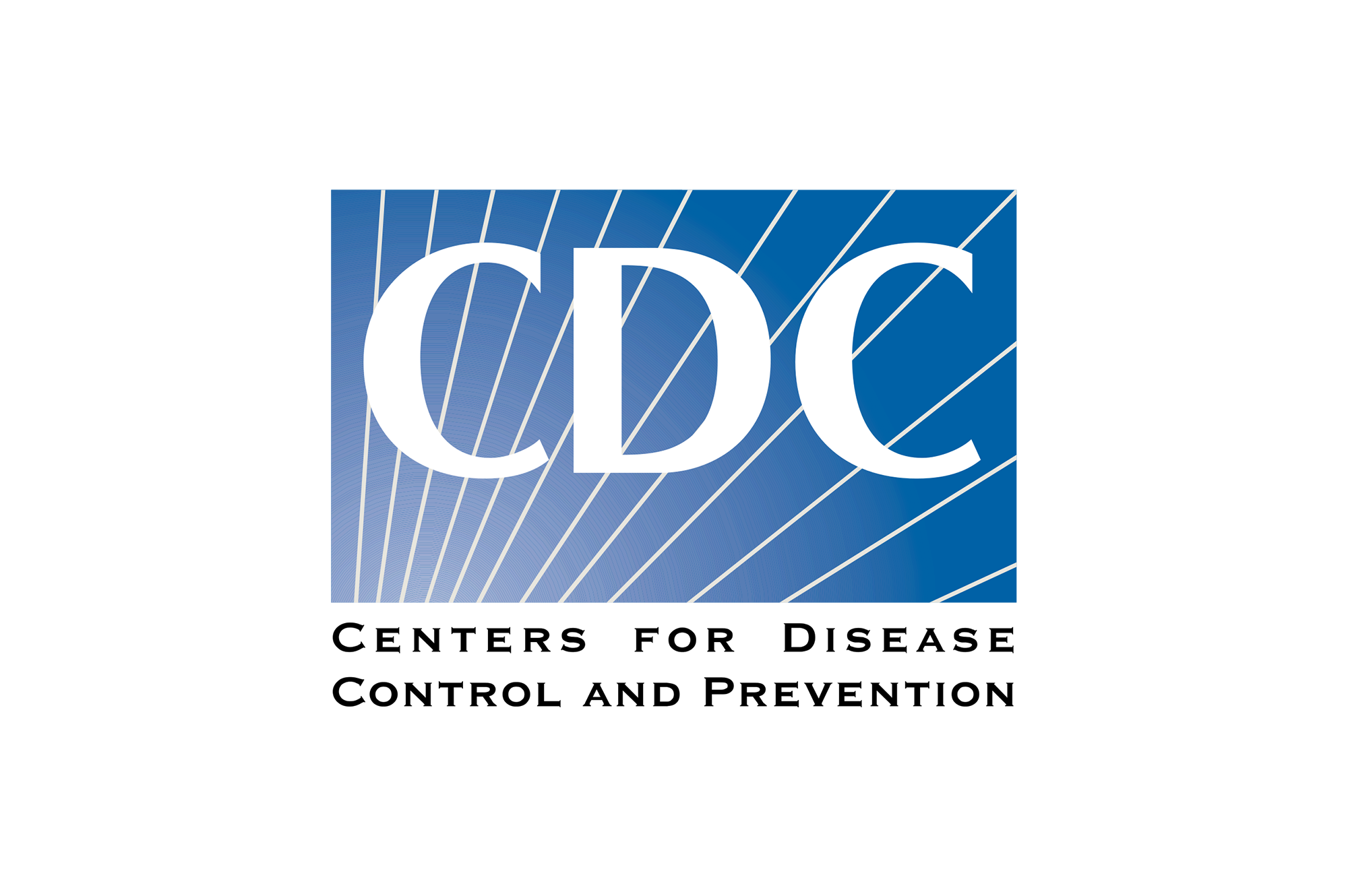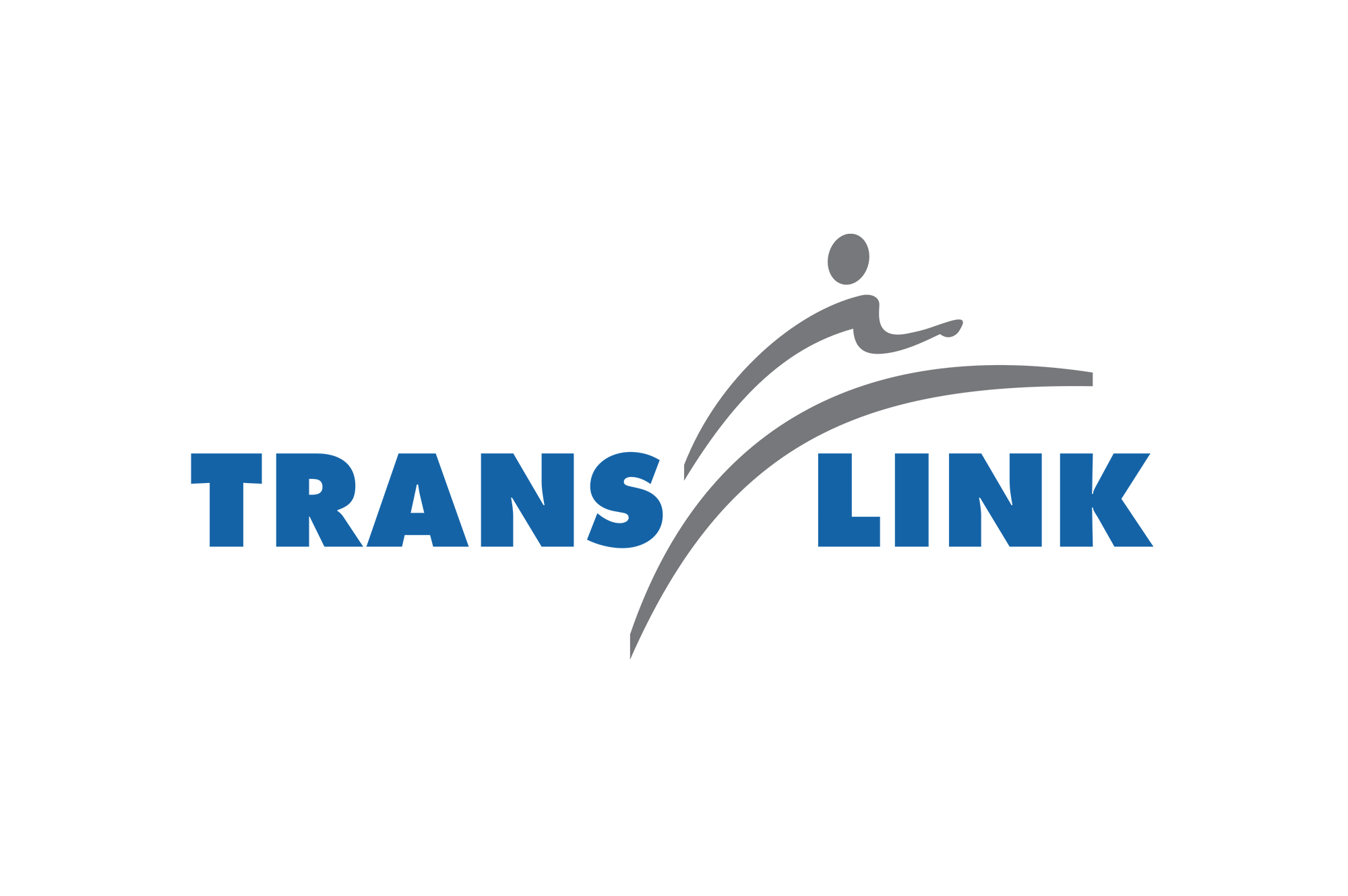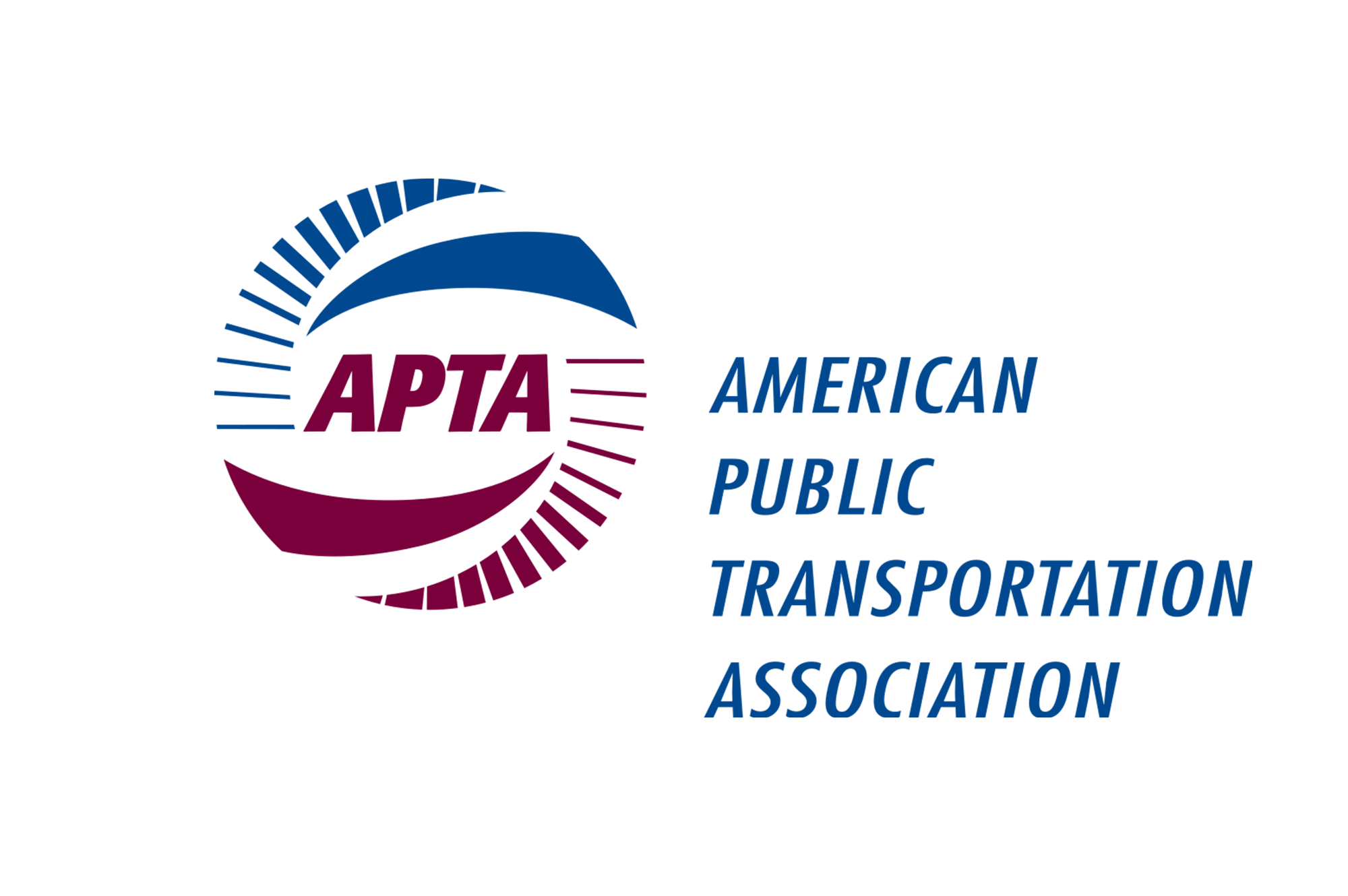BLOG
Workspace Series: Plan and Present Solutions with Design Thinking
Want to improve your training and development options? Approach the challenge with design thinking, and plan and present how to improve performance issues.

Want to improve your training and development options? Approach the challenge with design thinking, and plan and present how to improve performance issues.

When it comes to providing your employees with digital training and development and allowing them to practice their eLearning, you need to ask some hard-hitting questions.
How are you going to provide feedback? What sort of technology are you going to use? Does it provide an agnostic solution? And, arguably even more importantly: Does it deliver on overall employee satisfaction?
If these are some of your questions on your list, then you’ve come to the right place.
Here are some things to keep in mind when you are evaluating your training and development programs to achieve quick wins and get big results.
Design is the most important thing for planning and presenting how your eLearning solution will actually improve training and development issues. Identifying the means and ends involves planning for what will take place before, during, and after training. In fact, what happens before and after a training session is just as important as the actual instruction itself.
Very few organizations recognize that only customized learning solutions allow the creation of fully accountable programs. And, in this case, accountable in the sense that what you put in the course is a direct consequence of what your business really needs.
But the correlation between the reaction to training and actual learning is very weak. This effect is largely generated by poor design and generic off-the-shelf courses. But customized learning solutions implement exactly what goes into the content, and select the learning architecture suitable to your target audience levels – from the novice to the experienced and above. It modifies all the language and jargon that sustains your business practices and that employees need to learn.
That’s where the true superpower of an instructional designer comes into play. They transform complex and disjointed information into interactive and effective multimedia instructional material or courseware. Digitizing your organizational knowledge does more than optimizing the learner experience – it is also an effective method for ensuring accountability and facilitating measurements for the business impact of the program. Very few organizations take their time to analyze what their training needs are. This is critical: Figuring out who needs training and what kind.
And supervisors need to be ready to support as well. Many organizations don’t set return to work conditions for employees. But, with the right supervisory support, employees have the opportunity to practice in applicable conditions based on the skills they just learned, and with added motivation to succeed.
An L&D professional is also an educator. Remember this is a process, not a project, and needs to be conceptualized as such. As part of this process, you need to educate the stakeholders in the psychology of learning and articulate functional benefits for skeptical stakeholders regarding how L&D influences their bottom lines.
Learning is a psychosocial activity that involves as much mental engagement as it does behaviourally. Collectively, this psychosocial activity is responsible for operating a business. More often than not, this activity stagnates and becomes detrimental to sustaining a business. L&D exists to ensure and provide effective interventions. While people can learn something anywhere in any context, certain types of knowledge critical to operating a business or gaining market shares need to be designed and certified to ensure reliability and accuracy.
A learning program serves to either change knowledge or change behaviour, or sometimes both. Knowledge modifies behaviour just as much as behaviour modifies knowledge. If a company is losing money in spite of the positive revenue generated by your sales team, the problem may not be in the sales team. It might be the project management team is unsure of how to estimate manufacturing costs and times accurately. Or, it could even be the manufacturing team is challenged in producing something more effectively.
Indeed, knowledge is power for providing efficient methods of increasing estimation accuracy or producing a product and changing job task behaviours with the right supervisory support.
Off-the-shelf programs cannot effectively influence such changes because they simply don’t possess the content knowledge your organization’s subject matter experts have.
In a nutshell, you are renting your learning with an off-the-shelf course. As with all rented property, you don’t have a say in how to fashion it according to your needs. Customized learning allows you to own learning right down to the smallest detail. And you can control the type of psychosocial outcomes you would like this program to deliver.
So, as you evaluate your training and development, and ask the right questions to find the right answers, remember that L&D has a service-delivery function. It is a means to an end: When well-designed and well-aligned, it can be very critical to both business and societal outcomes.
Want to know more about how our digital knowledge solutions can create a competitive advantage? Connect with one of our experts today to learn more.
We develop digital knowledge solutions. Our team makes heroes of learning and development professionals. We improve workspace experience (and lives) across the globe, with better learning.
